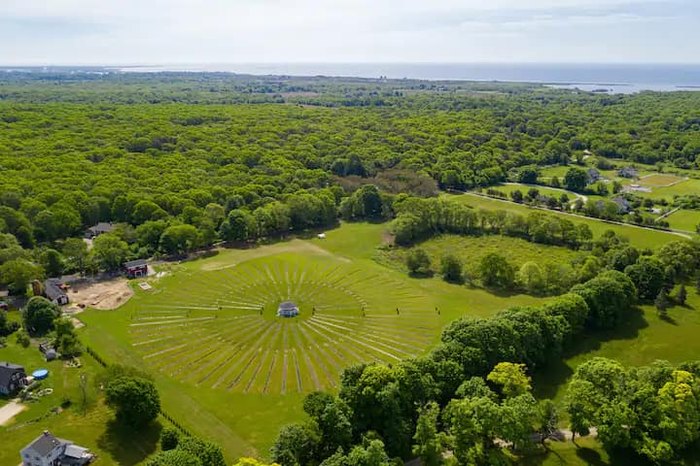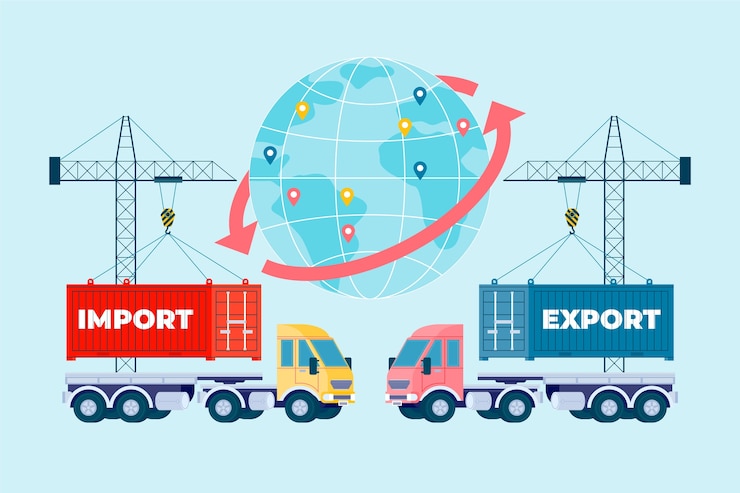Baltimore-Washington superior-speed maglev project moves in advance just after federal evaluation
The 40-mile “superconducting magnetic levitation practice technique,” frequently referred to as maglev, is planned as the first leg of a method that would carry passengers between Washington and New York in an hour. If federal acceptance is granted, which could transpire as early as this 12 months, the system could be constructed within just a 10 years.
The undertaking would charge amongst $13.8 billion and $16.8 billion, depending on the alignment selected, in accordance to the FRA report. That price variety is bigger than past estimates. Northeast Maglev, the personal buyers powering the job, had pegged expenses at $10 billion to $12 billion. The team has explained it secured $5 billion from Japan.
The federal agency evaluation singled out the Baltimore-Washington corridor as ideal for these types of a undertaking, citing its congestion degrees, projected inhabitants advancement and financial energy. The existing transit connecting the two towns — Amtrak’s rail service, MARC commuter trains, and buses — suffers from trustworthiness troubles for the reason that of aging infrastructure and a saturated rail and freeway method, the company stated.
“As need on the existing roadway, transit and rail networks continues to boost, the amounts of service of techniques that operate near, or earlier mentioned potential also continue on to worsen,” the report claims.
Regardless of strong opposition from people, civic associations and elected officers in the project’s path, and just after far more than a calendar year of delays, the FRA is nearing completion of the federal evaluate that could lead to tunneling. The maglev could start off working as early as 2030, the report says.
Wayne Rogers, the main executive of Northeast Maglev, referred to as the release of the draft environmental impact statement a “critical milestone in our effort and hard work to carry the world’s swiftest train” to the region.
The technological innovation that would be employed, which has been analyzed in Japan, harnesses impressive magnetic forces that carry and propel trains four inches previously mentioned a U-shaped guideway at speeds up to 375 mph. The trains in between D.C. and Baltimore would travel as rapidly as 311 mph.
Two potential routes are underneath thought, each parallel to the Baltimore-Washington Parkway, and beneath the regions of Bladensburg, Greenbelt, Laurel and Linthicum. There are six building solutions for just about every of the two alignments — east and west of the B-W Parkway.
On the west side, the rail line would track together the edge of the parkway suitable of way and impact some residential homes.
On the east aspect of the highway, the route would encroach on federal lands, like the parkway, the Countrywide Security Company at Fort Meade and NASA in Greenbelt. Northeast Maglev officials say this is their chosen possibility, with a station at Mount Vernon Square in Washington, at Baltimore-Washington Worldwide Marshall Airport and in the Cherry Hill community of Baltimore.
In accordance to the report, the challenge would create among 161,000 and 195,000 employment all through a seven-12 months construction time period and yield between $8.8 billion and $10.6 billion of possible earnings for personnel.
After constructed, the maglev could guidance between 390 and 440 careers every year, and concerning $24.3 million and $27.4 million of earnings for personnel, according to the report, which also highlights benefits to residence values near the proposed stations in D.C. and Baltimore.
But development would not come without having detrimental impression as some communities in between the two towns bear the brunt of disruption involved with the design. Corporations on the route’s route would be most likely to put up with monetary losses, and street disruptions would generate substantial commuter delays.
“Temporary unfavorable construction impacts to enterprise revenues in the impacted regions might be significant, ranging from $18.5 million to $311.3 million,” in accordance to the FRA report. “This decrease in small business revenues is because of to lane closures, targeted traffic delays and minimal accessibility that would lessen the number of people today frequenting the place and supporting organizations.”
The charge for riding would be bigger than on MARC or Amtrak. According to the federal assessment, the envisioned typical fare would be $60 for a just one-way journey, though it could differ concerning $27 and $80 for each journey. Amtrak’s Acela, which helps make the excursion concerning Washington and Baltimore in 32 minutes, prices about $46 one particular-way. The hour-prolonged ride aboard a MARC commuter educate expenses $8.
“Maglev is a task that will disproportionately gain the rich,” Prince George’s County Council member Jolene Ivey reported Thursday at a town hall assembly structured by grass-roots activists opposing the job.
Critics say the substantial-velocity method would provide tiny gain to communities outdoors Washington and Baltimore, considering that BWI would be the only other prevent on the D.C.-Baltimore leg. On the other hand, emergency exits and air flow stations would be required in spots along the line, necessitating drilling as deep as 150 feet.
Prince George’s County resident Daniel Yuan, whose property is near the feasible maglev route, stated he is worried about probable vibration as very well as the affect on his property and green areas along the project’s path.
“It’s essentially a limousine company for lobbyists going down to Washington. It does not serve any one in this community,” he reported. “This approach is to create a teach that no one could journey.”
The train would operate beneath and in proximity to homes, universities and recreational services. A one tunnel of 43 ft in diameter would have two guideways and would be developed making use of a tunnel uninteresting device at 80 toes to 170 ft under the area.
The maglev undertaking, the FRA concluded, “supplements other planned and programmed initiatives and allows relieve transportation worries in the region.”
Friday’s draft report will come four several years right after the agency commenced a process that provided numerous general public conferences. The FRA is envisioned to challenge a final recommendation this calendar year soon after a comment period. The agency could give clearance for tunneling or rule towards constructing the line.
Condition lawmakers in Annapolis are pushing laws this 12 months that aims to end the project by prohibiting it from heading into particular regions, and they aim to give county governments increased authority on whether the challenge can be constructed, Ivey reported. The FRA has agreed to increase the general public comment interval from 45 to 90 days, officers declared Friday, supplying inhabitants until eventually April 22 to present comments. Inhabitants and local community leaders are pushing for a 180-day comment period.
Ivey stated she has quite a few worries about the project’s financial feasibility, its impact on non-public house and park land, and deficiency of advantage for the communities involving Washington and Baltimore. Although proponents say it is a personal expenditure, the use of community funding is achievable, she explained, noting that these kinds of dollars could instead be employed to increase existing rail infrastructure.
In 2016, the FRA awarded $27.8 million to Maryland for preliminary engineering and environmental experiments for the project. No federal funding has been appropriated for design.
Japanese media have claimed that the Japanese authorities has supplied $5 billion of fiscal backing for the Maryland line, and that Central Japan Railway, the educate operator, has reported it will not demand any licensing charges for the technological know-how. Northeast Maglev would have to elevate the remainder from general public and private sources, enterprise officers stated, although also in search of federal loans and grants.
Rogers stated Northeast Maglev is digging into the federal critique to assure that problems “are tackled in the finest way attainable for communities and the environment.”







